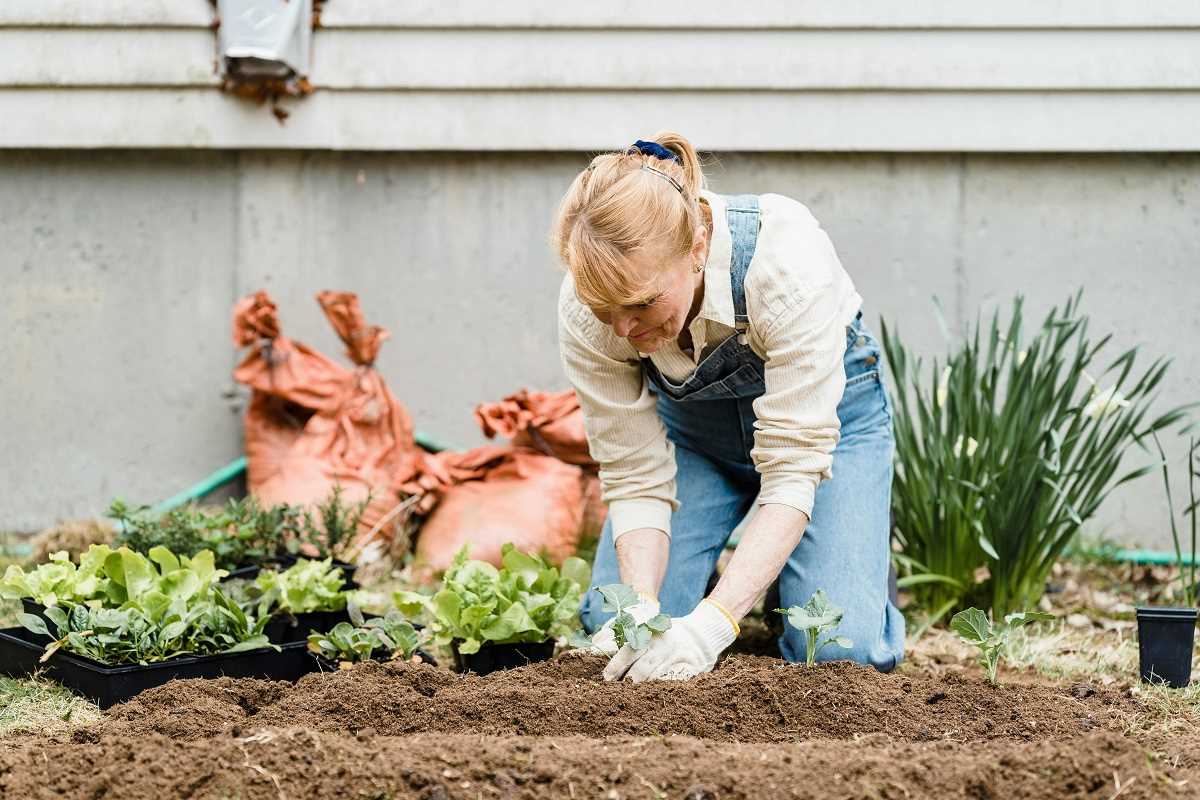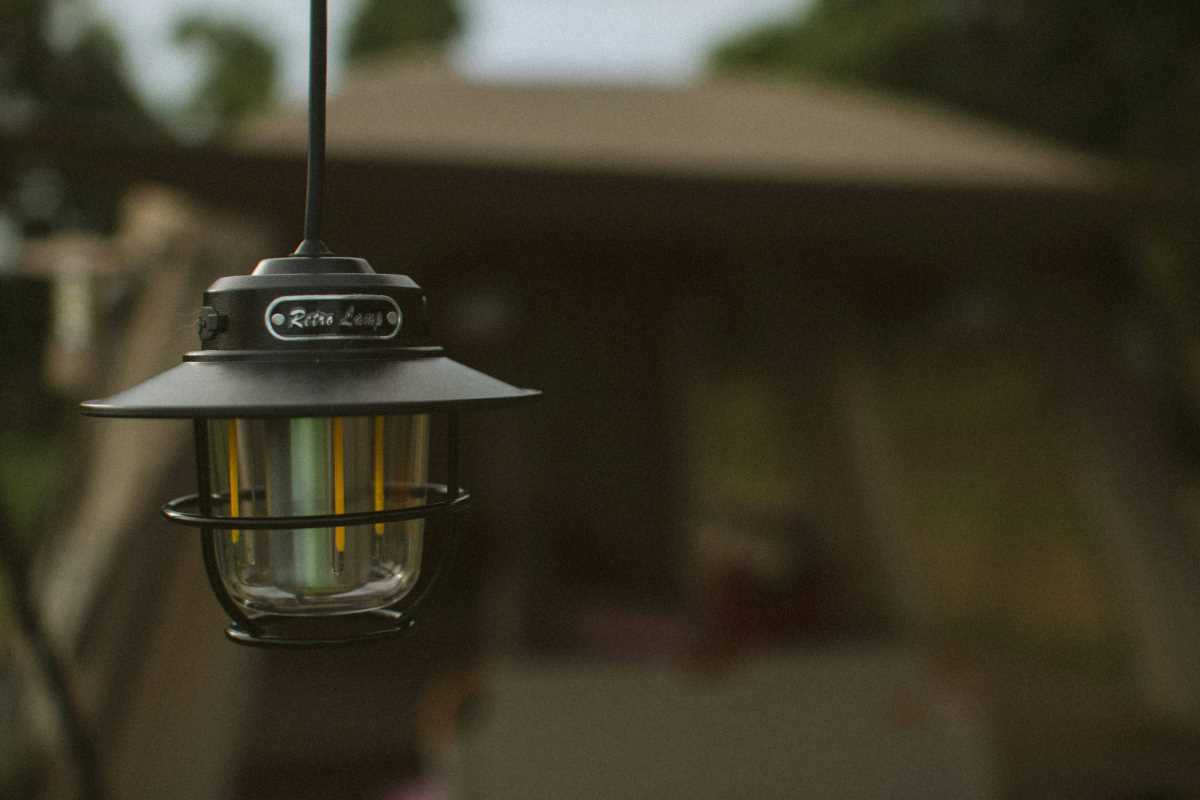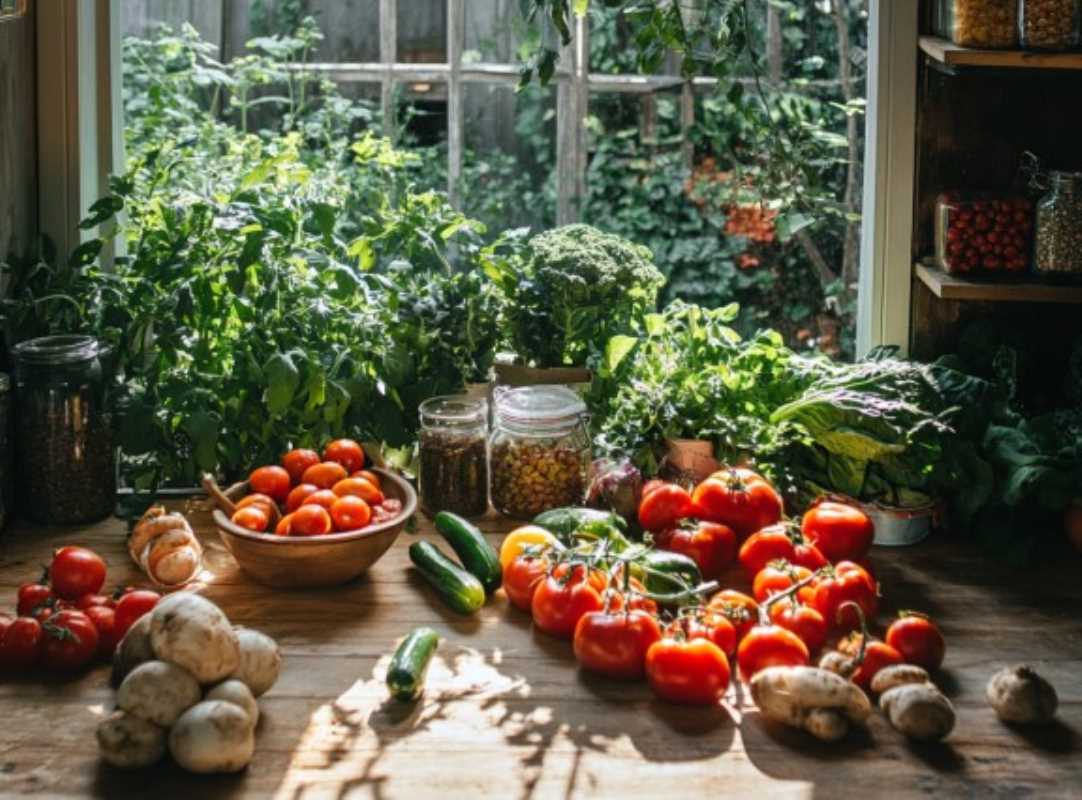Choosing drought-resistant landscaping allows you to enjoy a vibrant, inviting yard while cutting back on water consumption. Selecting native plants helps the local ecosystem flourish and makes garden care much simpler. With this landscaping approach, you provide a welcoming habitat for birds and pollinators and lessen your reliance on frequent watering, chemical fertilizers, and pesticides. Your outdoor space stays healthy and appealing throughout the seasons, and you contribute to environmental conservation with every choice you make in your yard. By embracing this method, you create a landscape that’s both practical and beautiful, all while preserving precious natural resources.
You can design a landscape that stands up to dry spells by selecting flora that evolved in your area’s climate. By understanding your local conditions and the benefits of native species, you gain the confidence to create a garden that saves water and still bursts with life.
How to understand drought-resistant landscaping
Drought-resistant landscaping reduces water consumption without sacrificing beauty. It provides a practical solution for areas prone to dry weather. Designing with such principles helps you protect your garden during periods of limited rainfall while enjoying a resilient space year after year.
Here are some key benefits and considerations to keep in mind:
- Native plants typically require less water once established, so you save on your water bill.
- This approach supports local wildlife, as many insects and birds rely on indigenous flora.
- Drought-resistant gardens often demand less maintenance because the plants are already adapted to the local climate.
- The design emphasizes sustainability, reducing the need for chemical treatments and extra care.
Choosing native plants makes your layout more harmonious with nature. These plants have evolved in the area, so they naturally handle the local climate and soil conditions better than imported species.
By understanding these benefits, you can confidently build a landscape that thrives with less water, making it an ideal option for a low-maintenance, eco-friendly yard.
Checking your local climate and soil
Before you choose your plants, get to know your yard’s unique features. Studying your local weather patterns and soil conditions helps you identify which native plants can flourish in your space. Knowing the specifics of your microclimate protects your garden from surprises and extra work later.
Follow these steps to evaluate your local climate and soil conditions:
- Observe the rainfall patterns and note any prolonged dry periods.
- Test the soil pH and drainage, ensuring that water flows through without leaving puddles.
- Record the average temperatures during the growing season and note any extremes.
- Examine the existing vegetation to see which native species already thrive in the area.
- Consult local gardening centers or extension services for advice tailored to your region.
This process helps you pinpoint the challenges your landscape might face. Detailed insights about your soil and local weather empower you to select the right plants and prepare your garden for long-term success.
Making an informed decision here sets you up for success down the road, ensuring that your efforts in planting native species really pay off in resilient growth and reduced maintenance.
Finding the right native plants
Now that you understand your local environment, it’s time to identify native plants that suit your yard’s needs. Different regions boast unique species that handle arid conditions exceptionally well. For instance, in regions with Mediterranean climates, plants like *California Sagebrush* and *Chaparral Manzanita* offer both beauty and drought tolerance.
In more temperate areas, look for natives such as *Bluebonnet* or *Redbud*, which add vibrant color while adapting to local soil and weather conditions. When shopping for plants, verify that they are genuinely native by checking labels and seeking advice from local experts or community gardens. Knowledge about your options gives you confidence in creating a water-wise garden.
Designing your garden for maximum toughness
Planning your layout with water efficiency in mind is a fun and creative task. Group plants with similar water needs close together to reduce stress on your irrigation system. This grouping not only saves water but also makes maintenance easier. It also adds structure and visual appeal as different textures and heights interplay naturally in your garden.
Consider these layout ideas for a resilient design:
- Create micro-zones that gather in areas of similar sunlight and moisture levels.
- Incorporate mulched beds to help the soil retain moisture naturally.
- Arrange plants in clusters to reduce the amount of space that needs frequent watering.
- Consider installing drip irrigation to deliver water directly to the roots for better efficiency.
Designing a landscape that works with the natural contours and conditions of your yard minimizes water loss and maximizes beauty. Experiment with different arrangements, knowing that the ultimate goal is sustainability and reducing long-term workload.
This stage of your planning allows you to combine creativity with practicality, ensuring that every corner of your garden is both eye-catching and eco-friendly.
Planting and upkeep tips
Once your design is ready, follow a systematic planting plan that lays the foundation for a healthy garden. Start by preparing the soil with a light mix of organic matter to boost fertility without conflicting with the natural characteristics of native flora. Plant during the cooler parts of the day to reduce stress, and water gently to help the roots adjust to their new environment.
Follow this step-by-step guide to give your native plants the best start:
- Remove any weeds or old vegetation from the area where you plan to plant.
- Loosen the soil and mix in a moderate amount of organic material, avoiding heavy fertilizers.
- Create holes at the correct depth, set each plant in place, and gently pack the soil around it.
- Water lightly right after planting, then establish a routine schedule that gradually reduces frequency as plants become more resilient.
- Monitor the plants for signs of stress or disease and adjust care accordingly.
Remember that regular maintenance plays a vital role. Mulching and proper pruning help keep plants healthy, while periodic checks allow you to address issues before they become major concerns. Avoid overwatering and crowding, and ensure each species gets the right amount of sunlight and nutrients.
Learn from early mistakes to avoid common pitfalls such as neglecting soil testing, planting all species in one uniform layout, and watering too frequently. Understanding these potential errors helps you develop a proactive approach, which ultimately results in a flourishing landscape that holds up even during dry spells.
Your effort to create a drought-resistant landscape connects you with nature and a sustainable lifestyle. With proper planning and the right native plants, you craft an outdoor space that stays beautiful under dry weather conditions and minimal water use.
Create a water-wise garden that reflects your style and suits your local environment. With thoughtful planning, your landscape will offer lasting beauty and ease year-round.
 (Image via
(Image via





